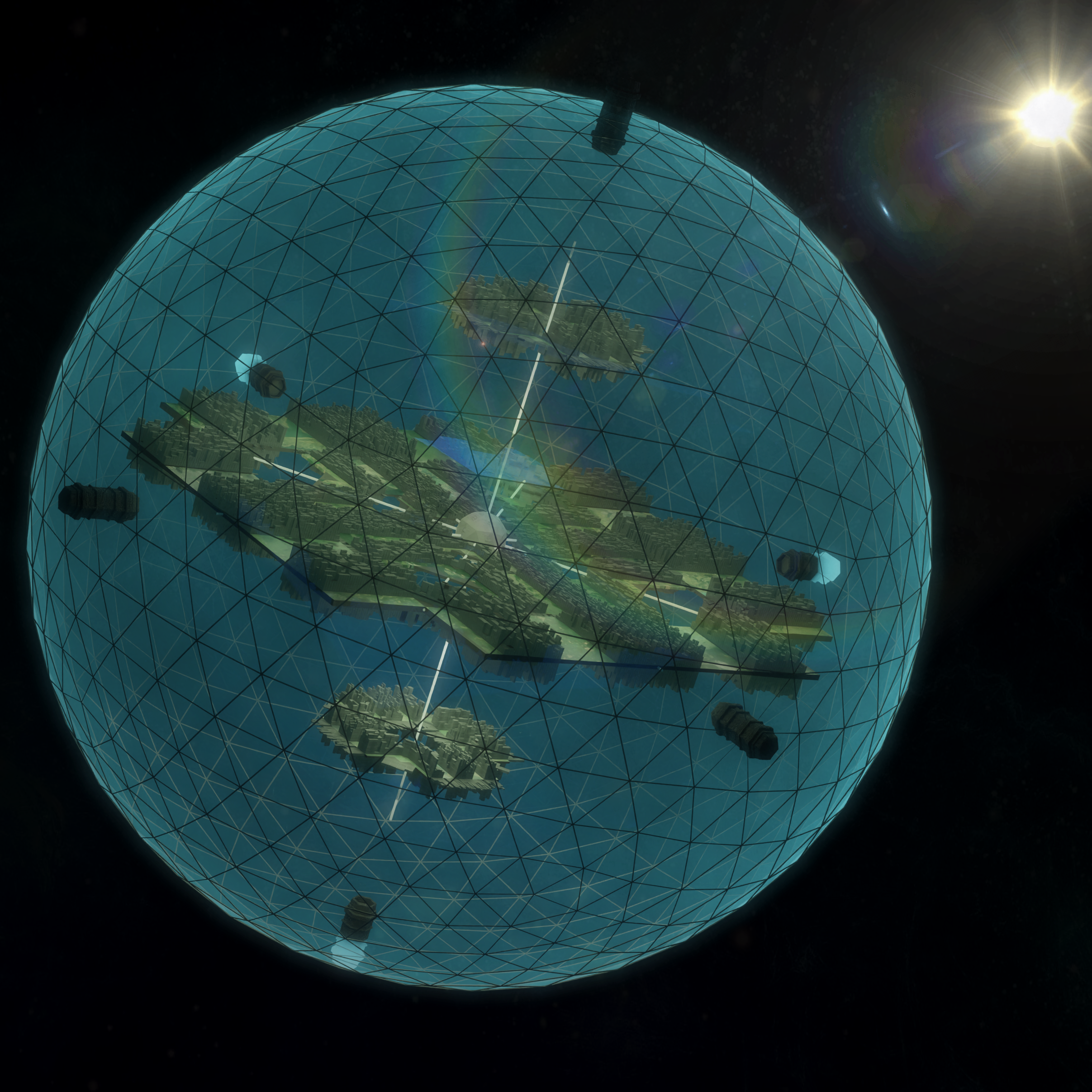Initial creation: 23-9-2023 | Last updated: 1-3-2024 Head back to the main page Head back to the 3371 hub
Space-station 'Celestia'
Space-station 'Celestia'

Photo of 'Celestia' taken by starplane
| Alternative names | Celestia |
|---|---|
| Adjectives | Celestian, Celestial, sunbugger |
| Interior gravity | 8,53285 m/s² |
|---|---|
| Volume | Total: 268.082.572 cu km |
| Natural Satellites | 0 |
| Artificial Satellites | 0 |
| Atmospheric composition | 76% Nitrogen 22% Oxygen 1% Carbon dioxide 1% Other gasses |
| Average outside surface temperature | 27°C 80°F 300°K |
| Population | 4.945.125 (as of January 1st 3371) |
|---|---|
| Capital | Rue du Parlement |
| Largest city | District Rholëdan |
| Official languages | English, Germanic, Francian |
| Territorial Authority | Celestia's Parliament |
| System of Government | Utopian upper-class bureaucracy |
| Political ideology | Utopianism |
| Economic ideology | Social capitalism |
| Military ideology | Demilitarism |
| Welfare ideology | Utopian state-issued broad welfare |
| Waste policy | High-priority recycling |
| Religions | 71% unaffiliated 12% Atheism 10% Technologism 2% Islam 2% Bhuddism 1% Judaism 1% Christianity 1% other, unanswered |
| Currency | Celestial Cent (c) CCC Mercurian geld (  ) MEG ) MEGVenusian pound (  ) VEP ) VEPAresian pound (  ) ARP ) ARP |
Space-station 'Celestia' is a mobile starbase residing in orbit close to Sol. Celestia harbors little weaponry and thus employs starcorvettes from Mercurian, Venusian, and Aresian stellnavies to guard the stellarspace around it.
It is 800 kilometers wide, and houses just under 5 million people. Its population resides in a huge megapolis, where the atmosphere is kept sealed inside thanks to the massive icospherical structure surrounding it. It has 6 entry points for starvessels, which act like huge airlocks. On said entry point structures are both light defensive and offensive weaponry, along with shield generators.
Etymology
The name 'Celestia' was chosen to signal a new, modernised era for the PNSS Helios when it was renamed in 2577 A.D.. It was also due to the Helios' proximity to Sol.
History
In 2153 A.D., the craft that would become Space-station Celestia was initially called the 'PNSS Helios'. This space station served as a trade hub and refueling stop until 2573 A.D. In this year the Adriana Plan was proposed. The Adriana Plan was a massive reconstruction effort to reshape the outdated systems and interior of the PNSS Helios. This would be done by surrounding the Helios in an icosphere, and building the modernized infrastructure into the icospherical structure. The old space station would be left until the icosphere was completed, when then the entire station would be overhauled.
This plan was executed in 2577 A.D. and turned out to be a success, and the station was renamed to 'SSS Celestia', SSS meaning 'Solar Space Station'. In 2629 A.D. another famous scientist called Lvenarsky Iven proposed a radical plan that would put a torus around the SSS Celestia, and building an environment around it. This plan would be executed 2632 A.D. after much political and bureaucratic conflict due to uncertainty regarding the possibility of Lvenarsky's plan ever being a net profit.
A compromise was chosen where only half of the proposed torus would be built. This was initially unsuccessful, but just weeks before the structure was decreed to be shut down, famous CEO of Kuipera 'Dane Rodin' decided to purchase a permanent residence inside the torus.
This immediately drew in many investors and the general population from other planets, as the CEO's presence there was said to be a 'symbol of trust in Lvenarsky's plan'. Dane met with Lvenarsky on June 2nd, 2636 A.D., discussing the plans Lvernarsky had for the torus structure over tea. When Lvernarsky mentioned that the pressurisation systems severly heightened the cost of building or even expanding the torus, Dane proposed an expensive yet efficient plan; building a massive, vacuumtight sphere or dome around the station, and to fill it with air. This was first said as a joke, but the two then stopped to actually consider the possibility.
Hours after the meeting ended, Dane Rodin made an announcement that the Kuipera starline company would be financially aiding Lvenarsky Iven in his efforts to attempt to revolutionize the SSS Celestia. Lvernarsky never had proper political nor financial backing before this, but now he did, as Kuipera was a very politically influential company, even if it was unintentionally so.
Dane Rodin then injected 5 trillion MEG into Lvernarsky's project, while also making sure his own officials and lawyers arranged aid for the project in the construction of the large dome. It is said that Kuipera-backed lawyers intentionally stalled the process for the torus structure's deactivation for a full three years so that the large dome could be completed in the meantime. The dome's construction was done by the Kuipera Construction Branch from 2634 A.D. to 2637 A.D., which was (and still is) a small branch of the Kuipera company regarding the construction of anything that isn't starvessels. After the dome was constructed, nitrogen and oxygen was shipped into the dome to imitate a Terran atmosphere, up to 0.93 bar.
After the internal atmosphere was finished in 2637 A.D., the prices of construction of the city torus buildings inside fell drastically. Buildings no longer had to have a pressurisation system built into their structure, and because the icospherical dome containing the atmosphere was largely transparent, greenery was also available. Lvernarsky set a plan into action which would expand the city torus intomore of a platform or 'ring' for buildings to be built on. With additional investment from Kuipera, several recreational parks with much greenery and even lakes were built in the city. Furthermore, the construction of residential, commercial and industrial buildings was left to the free market and investors, with the exception of service buildings of schools, hospitals, public transit hubs, and police and fire departments; which were all funded by the government.
This proved immensely successful, as almost all available building space on planets had skyrocketing prices due to their scarcity and the competitive market for building space. The new, cheap space ripe for construction made investors flock to the SSS Celestia to bid on the limited space, and all building space in the city ring was bought out within five months in 2637 A.D. The rush to bid for the plots of land turned out incredibly successful, with Dane Rodin and Lvernarsky Iven ending their collaboration on good terms, as Kuipera's aid was no longer needed. Kuipera would move their public affairs headquarters to SSS Celestia a year later in 2638 A.D., as a symbol of proudness and trust in what they helped create.
With all the money Lvernarsky's government now had in their treasury, he decided to propose the construction of a second city ring, and five years later in 2643 A.D., construction began. It would take year to build, and all the building spaces were already 'pre-bought' out when it finished construction. The SSS Celestia was renamed to SS Celestia, omtting 'solar' from the name, as Celestia was seen as a celestial body of its own at this point. The same miracle of the first and second ring would happen with the largest ring - that being the the third ring - a decade later. And then again with the 'north ring' and 'south ring' twenty years after that. Today, SS Celestia is one of the richest and happiest societies out there, with their high welfare standards and rich inhabitants.
